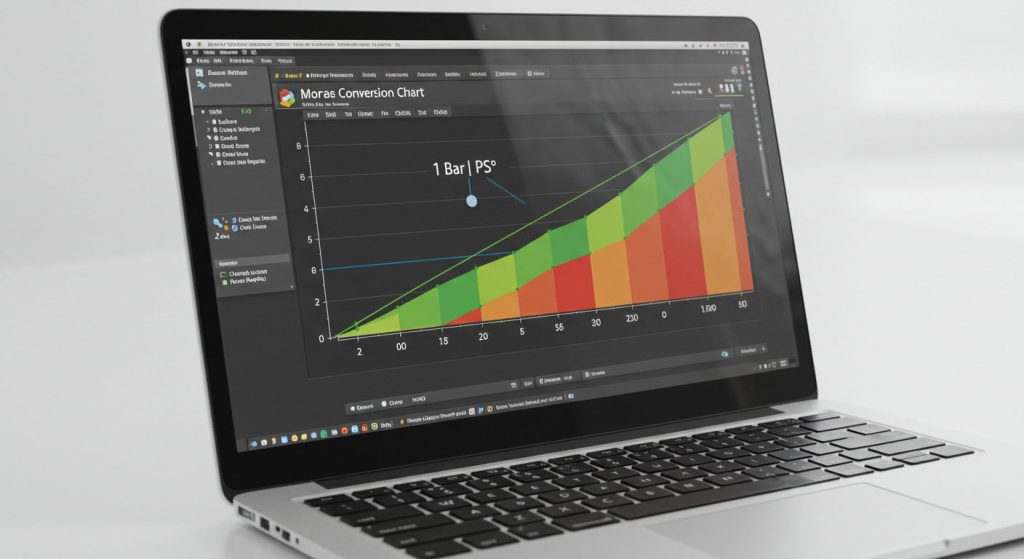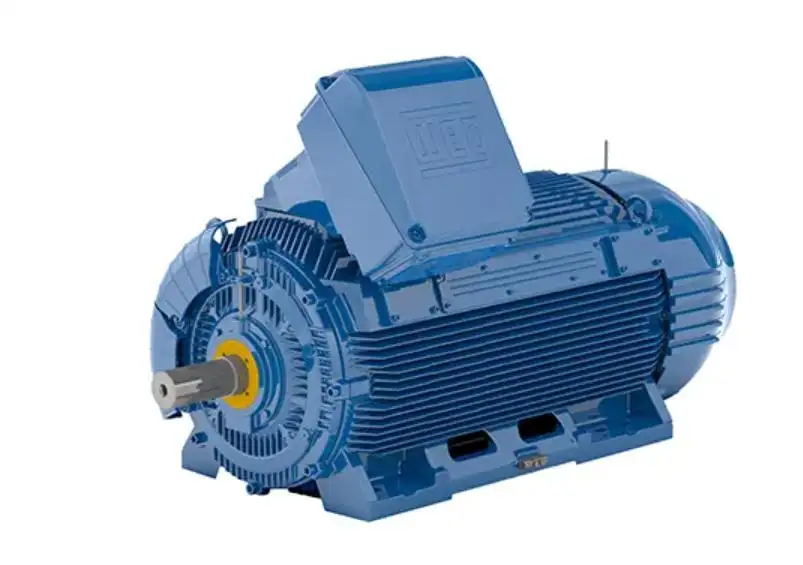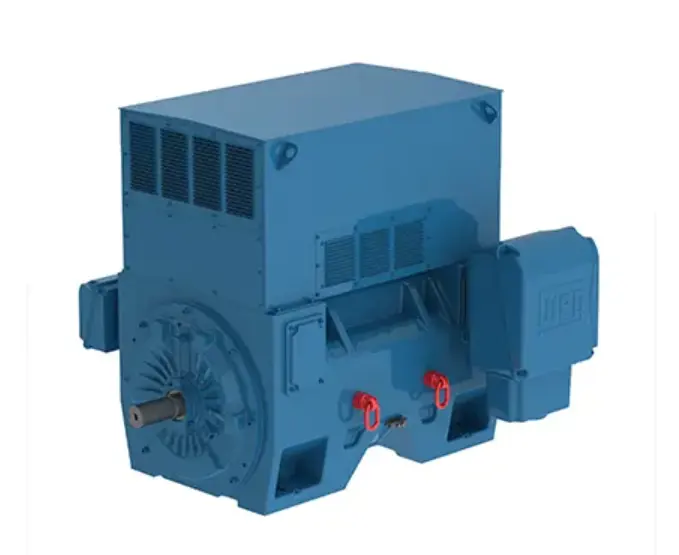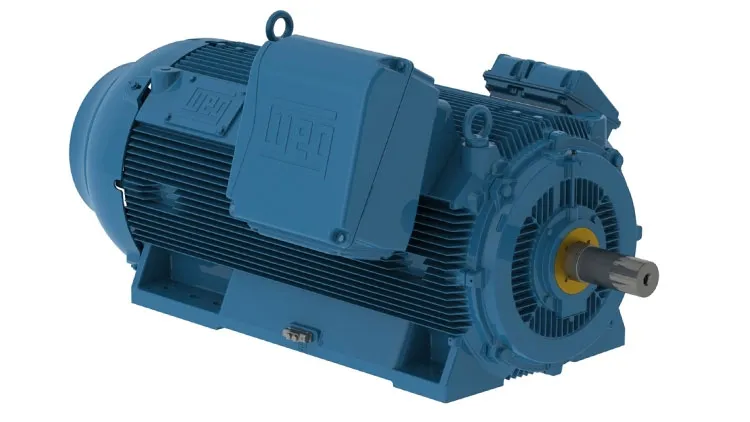Whether you're inflating a tire, operating a pressure washer, or working in a scientific lab, understanding pressure units like bar and PSI (pounds per square inch) is crucial. While both measure pressure, they come from different measurement systems. Bar is part of the metric system, whereas PSI belongs to the imperial system, commonly used in the United States. This blog explores the conversion of 1 bar to PSI, why it matters, and how this knowledge applies in real-world scenarios.

What is Bar?
Bar is a metric unit of pressure, widely used in Europe and many other countries. It is not an official SI (International System of Units) unit, but it is accepted for use with SI. One bar is defined as: 1 bar=100,000 Pascals (Pa)=100 kPa1\ \text{bar} = 100,000\ \text{Pascals (Pa)} = 100\ \text{kPa}1 bar=100,000 Pascals (Pa)=100 kPa
Interestingly, one bar is approximately equal to the atmospheric pressure at sea level, making it a practical unit for everyday and industrial use.
Common Applications of Bar:
- Car tire pressure (especially in Europe)
- Scuba diving equipment
- Pressure cookers
- Industrial systems like compressors and hydraulics
What is PSI?
PSI stands for pounds per square inch. It’s an imperial unit commonly used in the United States and a few other countries. One PSI is the pressure resulting from a force of one pound-force applied to an area of one square inch. 1 PSI=6894.76 Pascals (Pa)1\ \text{PSI} = 6894.76\ \text{Pascals (Pa)}1 PSI=6894.76 Pascals (Pa)
Where PSI is Commonly Used:
- Automotive industry (especially in the U.S.)
- Domestic tools like tire gauges and air compressors
- Engineering systems (especially hydraulic machinery)
- Plumbing systems
1 Bar to PSI: The Exact Conversion
The conversion factor between bar and PSI is: 1 bar=14.5038 PSI1\ \text{bar} = 14.5038\ \text{PSI}1 bar=14.5038 PSI
This means if you have a pressure reading of 1 bar and you want to convert it to PSI, you multiply: 1×14.5038=14.5038 PSI1 \times 14.5038 = 14.5038\ \text{PSI}1×14.5038=14.5038 PSI
So, 1 bar is approximately equal to 14.5 PSI.
Why Is This Conversion Important?
Pressure conversion is more than just a mathematical task—it ensures compatibility, safety, and efficiency in global industries. Here's why understanding how to convert 1 bar to PSI is useful:
1. International Standardization
Many machines and manuals come with pressure readings in one unit. If you're operating a European-made device in the U.S., understanding this conversion ensures you're applying the correct pressure.
2. Travel & Vehicle Maintenance
If you rent or own a car overseas, you'll likely see tire pressure marked in bar instead of PSI. Knowing that 1 bar ≈ 14.5 PSI helps you avoid under- or over-inflation.
3. Safety
Applying the wrong pressure—especially in high-pressure systems—can lead to dangerous equipment failures. Proper conversion prevents these risks.
4. Engineering & Design
Engineers often work with international teams. A shared understanding of pressure units reduces communication errors in technical designs and maintenance procedures.
Practical Examples of 1 Bar to PSI
1. Car Tires
A typical car tire might recommend 2.2 bar pressure. To convert that: 2.2 bar×14.5038=31.91 PSI2.2\ \text{bar} \times 14.5038 = 31.91\ \text{PSI}2.2 bar×14.5038=31.91 PSI
So, 2.2 bar ≈ 32 PSI, a common pressure for car tires.
2. Scuba Diving
Scuba tanks are typically filled to 200–300 bar. That equals: 200 bar×14.5038=2900.76 PSI200\ \text{bar} \times 14.5038 = 2900.76\ \text{PSI}200 bar×14.5038=2900.76 PSI
This high pressure explains the need for durable tanks and careful monitoring.
3. Pressure Washers
Some residential pressure washers advertise a pressure of 150 bar: 150×14.5038=2175.57 PSI150 \times 14.5038 = 2175.57\ \text{PSI}150×14.5038=2175.57 PSI
That’s a powerful tool for cleaning decks, driveways, and vehicles.
PSI to Bar Conversion
Just as 1 bar equals 14.5038 PSI, you can reverse the process: 1 PSI=0.06895 bar1\ \text{PSI} = 0.06895\ \text{bar}1 PSI=0.06895 bar
This reverse conversion is essential when dealing with PSI-only gauges in metric environments.
Tools for Conversion
While doing the math manually is fine, there are several convenient tools for converting bar to PSI:
- Online Calculators – Google “1 bar to PSI” and it will instantly show the result.
- Smartphone Apps – Apps like “Unit Converter” allow quick switching between units.
- Digital Gauges – Some pressure gauges let you toggle between PSI and bar.
Common Pressure Ranges in PSI and Bar
| Application | Pressure (Bar) | Pressure (PSI) |
|---|---|---|
| Car Tire | 2.0 – 2.5 | 29 – 36 |
| Bicycle Tire | 4.0 – 8.0 | 58 – 116 |
| Pressure Cooker | ~1.0 | ~15 |
| Scuba Tank | 200 – 300 | 2900 – 4350 |
| Home Pressure Washer | 100 – 150 | 1450 – 2175 |
| Industrial Hydraulic System | 150 – 350 | 2175 – 5075 |
This table provides a quick reference to how pressure levels relate between the two units in real applications.
Tips for Accurate Pressure Measurement
- Use the Right Tool: Always use a pressure gauge suitable for your desired unit and application.
- Account for Temperature: Pressure readings can change with temperature—especially in tires.
- Read the Manual: Whether for a tire, pressure cooker, or air compressor, manufacturer specs often list recommended pressure in a specific unit.
- Label Equipment: If you frequently convert, label your tools with a quick PSI ↔ Bar chart.
The History Behind PSI and Bar
Understanding where these units come from gives context to their usage:
- PSI originates from the British imperial system, historically used throughout the British Empire and still dominant in the U.S.
- Bar was introduced in the early 20th century by engineers as a practical unit of pressure near atmospheric pressure, making it intuitive for many applications.
Today, while the pascal (Pa) is the SI unit of pressure, bar and PSI remain dominant in everyday and industrial use.
Final Thoughts
Whether you’re an engineer, a car enthusiast, or just someone trying to understand the numbers on a tire gauge, knowing how to convert 1 bar to PSI is an essential skill. The conversion is simple: 1 bar=14.5038 PSI1\ \text{bar} = 14.5038\ \text{PSI}1 bar=14.5038 PSI
With this knowledge, you can confidently read gauges, set pressure tools correctly, and communicate pressure levels accurately across different systems and countries.
Key Takeaways:
- 1 bar ≈ 14.5 PSI
- Bar is common in Europe; PSI is dominant in the U.S.
- Pressure conversion is crucial for safety and performance in many fields.
- Use apps or calculators to avoid errors in real-world applications.
By mastering this simple yet vital conversion, you ensure better accuracy, communication, and safety—no matter where in the world you are.









